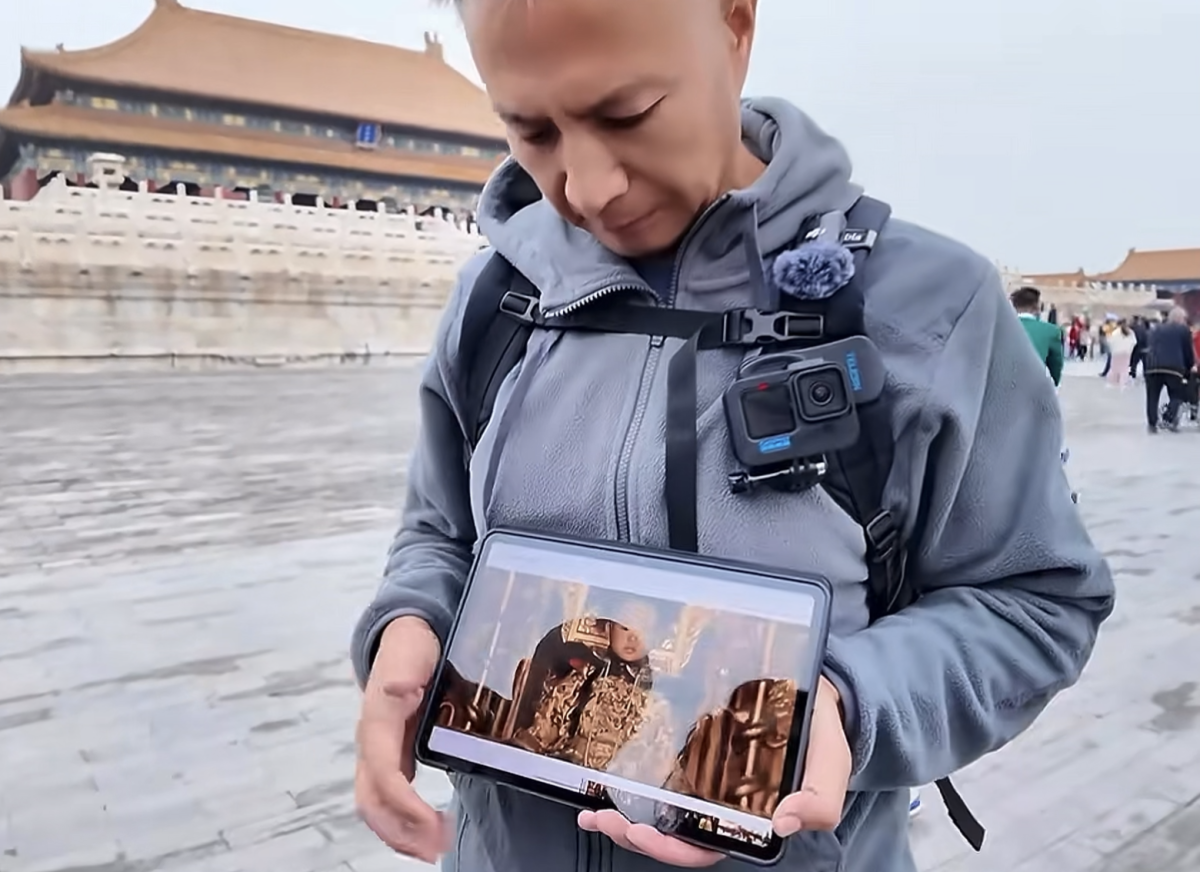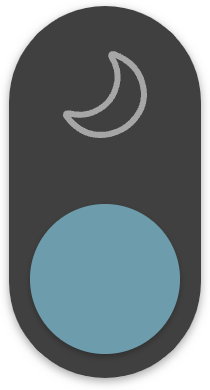In a video posted by the English tour guide Michael on social media, he plays a clip from The Last Emperor, points towards the Hall of Supreme Harmony in front of him, and explains to his foreign tourists, "That was in 1908. Puyi's father said to him, 'Stop moving around. It will all be over soon.' Three years later, the Qing dynasty collapsed." The tourists listen to the story, nodding frequently, completely captivated.

As the last Western film officially permitted to shoot inside the Forbidden City, The Last Emperor uses Beijing's Palace Museum as its starting point to narrate the tumultuous life of Puyi, the last emperor of the Qing dynasty. The Forbidden City, as the setting and origin of these stories, attracts people from all over the world, speaking various languages, who come to see it, attempting to use it as an entry point to understand China's long history.
So, how can these foreign tourists better understand Chinese culture? There is a group of people who make it their profession to walk through the Forbidden City, telling foreigners about its architecture, history, and anecdotes. Michael is one of them.

"I'm Michael, you can also call me Yao." Michael is a native of Beijing. By posting a series of videos about showing foreigners around the Forbidden City and cultural explainers, he has garnered over a million followers on social media and remains active today as a frontline English tour guide.
Michael has been in the tourism industry for over 20 years. From being an English tour guide to outbound tourism, from office editor to frontline sales, he has worked in almost every role related to tourism. In his more than ten years as an English guide, he has taken thousands of tourists to visit the Forbidden City. "Just last year, I guided over 400 tourists from 33 countries," Michael says.

Accumulated experience over the years has made Michael's touring routes flexible and varied. He explains that initially, he would take visitors along the central axis of the Forbidden City. As the Palace Museum opened more palaces and exhibitions, his routes now not only cover the central axis but also include the Eastern and Western Six Palaces, the Treasure Gallery, the Furniture Gallery, the Ceramics Gallery, and more.

"During the tour, I explain things from the macro level down to the details. For example, at the Three Great Halls of the outer court, I focus on broader history and architectural features. When we reach the inner court, I share more detailed stories about the emperors and concubines, like their daily lives and interesting anecdotes."
Customized tours to forge connection between visitors and the palace
Michael noted that every foreign tourist he has met traveling in China has their own bucket list, and the Forbidden City is a very important item on it.
"Take the Treasure Gallery as an example," Michael says, "Even though it often involves waiting in long queues under the scorching sun, they are still very enthusiastic and willing to buy tickets to visit." In his view, this stems from foreigners' fascination with Chinese culture.

To provide foreign tourists with a better experience, Michael tailors his explanations, connecting the Forbidden City to the historical background of the visitors' home countries. "I usually buy books on various subjects to broaden my knowledge —about the Forbidden City, history. When I have Italian tourists, I tell them about Giuseppe Castiglion; when I receive French tourists, I talk about Louis XIV."
Michael mentioned an experience guiding German tourists to the Palace of Prolonging Happiness. Within this palace lies the Lingzhao Pavilion, one of the few Western-style buildings in the Forbidden City. Among the construction materials left at Lingzhao Pavilion are some tiles that originated from faraway Germany.
"Some tiles at Lingzhao Pavilion are stamped with 'Mettlacher.' When they see this mark, the German tourists teach me how to pronounce the word in German," Michael explains.

"In 1909, during the construction of Lingzhao Pavilion, tiles were sourced from a German ceramic manufacturer called Villeroy & Boch (Witteburg)." It is said that Villeroy & Boch was formed in 1836 by the merger of the Villeroy and Boch families. Between 1890 and 1895, the company also designed, produced, and laid the mosaic floor for Cologne Cathedral. The "Mettlacher" mark indicates that the tiles were produced at the company's headquarters and main production site in the town of Mettlach, Germany.
"Imagine, over 100 years ago, tiles from Germany found their way to Beijing's Forbidden City. I can tell the German tourists about the production date, origin, and materials of these tiles, creating a sense of resonance—they realize that the palaces where emperors lived and concubines resided have such a connection to their own country," Michael says.
Witnessing changing perception
The stories embedded in every brick and tile of the Forbidden City open a door for foreigners to understand China. Michael admits that starting from here, foreigners' impressions of China gradually change after they arrive. He mentioned a young Canadian man he once guided. Initially, the man planned a three-month trip across Asia. Before coming to China, many people advised him against it, citing reasons like "China is dirty, chaotic, and unsafe."
But once he arrived in China, his travel plans kept extending. He traveled from north to south, from Yunnan to Guangzhou, ending up spending four months in China alone. His perception of China was refreshed step by step.

Speaking about his future plans, Michael expressed his desire to continually enrich his short-video content, not only showing his interactions with foreigners but also including interactions with staff from museums and scenic spots. "This is work I love; I enjoy the process of connecting with tourists. Now that the Forbidden City is opening more palaces, I believe we will be able to see an even richer collection of exhibits in the future. I hope to continually deepen my creative content. My current mission is to use a global language to tell our own stories, to let foreigners learn more about our history and culture."
(Reporters: Iris, Ella Qu; Camerapeople: Sammi, Yuge; Video Editor: Ella Qu; English Editor: Darius; Executive Producer: Tracy)
Related News:
100 Ways To Live | From campus to city: Breakthrough journey of HKU's Yuerong Dance Troupe




















Comment